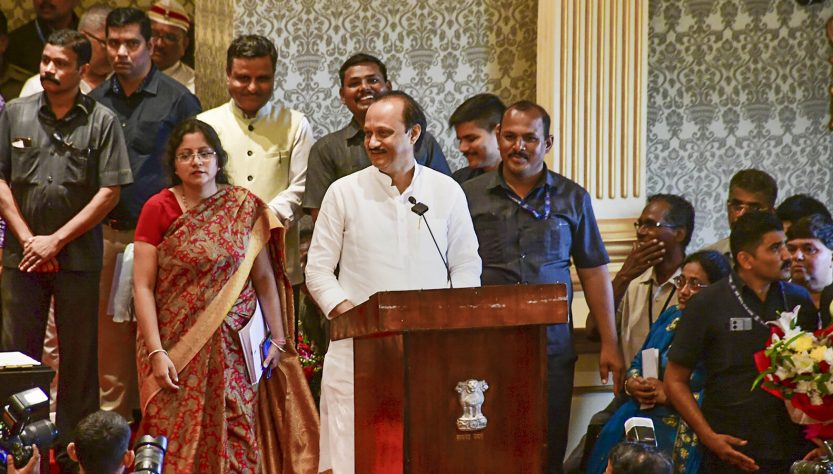Access here at http://www.customerthink.com/article/customer_culture_starts_ends_with_listening
May 29, 2007
There was an airline in Colombia that had very old airplanes that had problems very often, yet the airline was the leader in customer satisfaction and loyalty. How did it do it? By applying some basic principles that created a customer-oriented culture.
"Customer culture"—which along with "customer focus" has become some of consultants' favorite buzz phrases—relates to instilling values and behaviors in a company. It is oriented toward implementing a process in which a company understands what customers need and want and develops products and services accordingly.
The emphasis on getting a customer-centric culture right is definitely a growing trend. In its 2006 study, High-Performance Workforce, Accenture asked 470 global executives to classify the greatest challenges their organizations were facing. Two issues had the biggest response: information technology (48 percent of respondents) and keeping up with industry change (47 percent). And to keep up with change, 75 percent of the organizations surveyed stated that the most important element was creating a culture that matched the company's strategy.
But how does one create a culture within an organization? A culture is based on values, traits, patterns, competences and behaviors. It all starts with defining those values, behaviors and traits. Then it is essential that people are recruited based on those values and behaviors. If, for example, one of those behaviors is service orientation, you should recruit people who behave that way. It's easy. You can observe people who have service orientation driving. They are the ones who let you pass in a traffic jam. They are also the people who help you with your grocery bags when you are carrying too many coming out of the supermarket.
Power within the people
An organization's management does not have the power to directly control each customer's experience. That power is possessed by the people who deal directly with the customers. Here's where training and empowerment comes in. Processes need to be designed according to those values and behavior the company wants with customers. And people need to be trained and empowered to be in sync.
Finally, people need to be accountable and rewarded according to how they behave. Accountability and motivation should be geared on the same values, behaviors, competences.
For a customer-centric culture, there are some values that are not negotiable. These are the values in which any human relationship should be based and built on. I bet you can guess them. The same values that are the basis for building strong, long lasting relationships are the ones that create exceptional experiences: respect and trust.
‘ People tolerated all the airline's problems, and the airline, in turn, was loved! ’
That Colombian airline had the slogan, Por el respeto—For your respect. Its core value was respect. Not only did the airline use it in advertising, but also its whole organization behaved accordingly. So even though the old airlines kept breaking down, the airline staff always told the truth and tried to come up with the best alternative, even if it meant staying at the airport waiting for many hours. Employees listened to, and solved, customer complaints with dedication.
It was great to listen to people in the waiting lounges: "It is so sad. They had to cancel the flight." People tolerated all the airline's problems, and the airline, in turn, was loved! Customers forgave every bad thing that happened because they were treated with respect.
And how does one start to build respect and trust? By listening. That is, careful, dedicated, concentrated, focused listening. It all starts and ends there. If you listen to your partner, you understand what he wants, what he values, how he feels. If you listen carefully, you understand people have different points of view and you learn how to behave accordingly. By focusing on listening, the other person feels valued and respected. And if you understand each other, you know how to build trust.
In the companies I have worked at, we spend a lot of time teaching people to listen. To really pay attention when customers call or contacted us. When we visit them, we sit and listen. There are many exercises to learn to listen well. It involves the way your body is positioned, how you move your eyes and how you sit. It requires you to learn to be quiet. To not speak. To ask a question and be able to sustain silence until the customer starts speaking. And even then, to just listen.
Listening is the basis for creating a customer-centric or customer-focused culture within a company. If your company is designing a customer-centric strategy, choose people who can listen or can learn how to do it. Train your people in listening skills. Motivate them to listen to each other, to listen to the customers and to listen to themselves.
By listening, you will be able to build relationships based on respect and trust. Respect and trust will bring customers experiences with your company that will be different, that will be magical. And they will appreciate it to a point of not wanting to leave. A customer culture—and, thus, a customer relationship and experience management strategy—starts and ends with listening.




No comments:
Post a Comment